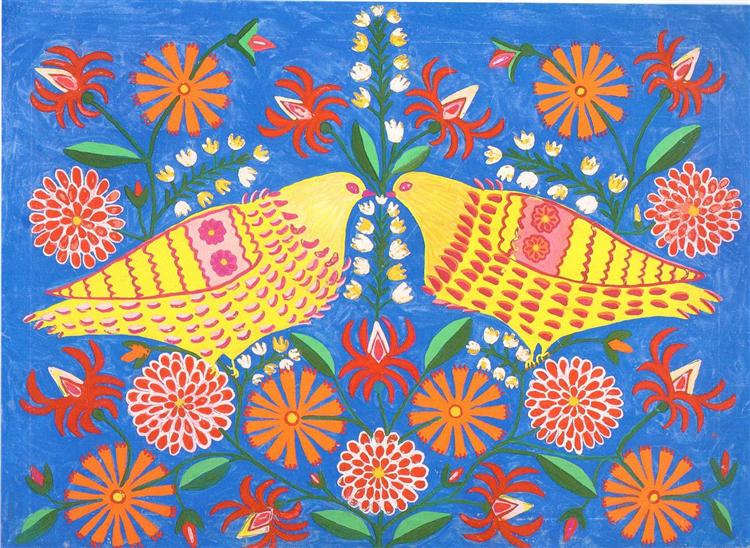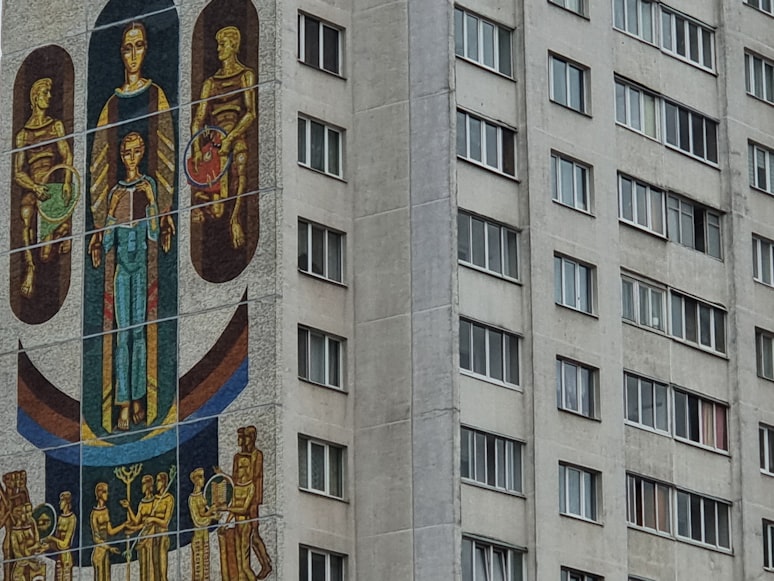The ‘Let Them Speak: Platforming Transgender Voices’ project is now available on the See Yourself on the Shelf webpage. Its accompanying exhibition is located in the University of York’s JB Morrel library, to the right of the entry-way help desk.
The undertaking of creating my reading list was thoroughly exciting, and a great excuse to peruse exciting new works (such as the current bestseller Pageboy by Elliot Page) and reread a few of my old favourites. Due to the relative inaccessibility of publishing and marketing opportunities to transgender authors, I was prepared to undergo thorough research and excavation to discover authors whom I’d never encountered before, beyond the mainstream. However, the wide variety of material that I was able to locate evinces the gradually improving accessibility of authorship for marginalised voices. I enjoyed browsing the websites of specialised LGBTQ+ publishers and booksellers, such as the Gays the Word bookshop, Topside Press, Cipher Press, Pride Publishing, Bold Strokes Books, and many more, to support smaller, independent publishers and locate lesser-known books. With recommendations from other institutions (also making deliberate efforts to diversify their bookshelves), including public libraries, universities, and publishers, I found plenty of interesting recommendations. The most helpful sources of inspiration, however, were trans booktokers, literary vloggers and bloggers - such as Youtubers Arthur Rockwell, Enby Reads, and Books and Bao. Each of their reviews and recommendations were intricately related to their own personal experiences and influenced by a deep affection for the trans community, making for particularly engaging reading experiences.
One of the most rewarding aspects of the curation process has undoubtedly been investigating intriguing intersectional viewpoints, and exploring how transgender perspectives enrich the endlessly vast array of human experience. By discovering books, films and artworks presented from diverse vantage points, and incorporating them into this project, I have highlighted the fact that trans people are everywhere, in every section of society – augmenting, questioning and enhancing the communities they belong to. For example, Joy Ladin’s Soul of the Stranger details her interwoven experience of Judaism and transness, exploring how the Torah and trans lives may illuminate one another, while Jo Henderson-Merrygold’s thesis Gender Diversity in the Ancestral Narratives, explores the variety of gender presented in Genesis, the Christian Old Testament. Jayy Dodd’s poetry in the collection The Black Condition Ft. Narcissus speaks to their experience as a blxk trans femme, and the multi-modal anthology Sovereign Erotics: A Collection of Two-Spirit Literature (edited by Qwo-Li Driskill, et al) strives to reflect the complexity of identities within native LGBTQ2 communities. Young Joon Kwak’s captivating instillation pieces and performance art explores the queer, racialised and abject body. Vivek Shraya’s music and prose interacts with her South Asian heritage. Seyi Adebanjo’s experimental video projects, especially Afromystic E.P: Exploring Gender Fluidity in the Divine, explores queerness in Yorùbá/Òrìṣà (West African) mythologies and traditions, aiming to empower their marginalised community, historically forgotten and overlooked. These wonderful works are just a few of the complex explorations of the porous, multifaceted experiences of gender, transness, and queerness included in the project’s reading list.
There were challenges throughout the curatorial process that aided my appreciation for the work and effort that goes into creating a collection. Throughout the project I have attempted to avoid reducing any author to their transness. All creators are far more than their gender identity - many might even say that their gender is the least interesting thing about them. Their work isn’t assigned merit simply because they are trans. They are thought-provoking books, films, and artworks regardless. Furthermore, this reading list does not advocate for any singular ‘authentic’ existence of transness, or wholly disregard trans representation created by cis-identified people. Any quest for ‘authenticity’ and ‘genuine’ storytelling is problematic. Who am I to decide which story is ‘real’ and which is not? Lived experience undoubtedly informs the narratives we write, and how we read and understand the media that surrounds us. However, it is the imaginative potential of authorship that I seek to celebrate. As author Michael Gray Bulla states, trans authorship is crucial as it “gives some autonomy back to the trans community…because trans people have historically been on the margins, we’ve not been allowed to tell our own stories…when we have control over our own representations, we’re able to show our lives as they really are, to dispel some of those misconceptions and stereotypes, and to imagine alternative futures for ourselves that are full of hope, compassion, love, and humanity.” However, this does not mean sensitive and compassionate representation cannot be made by people without specific lived experiences.






